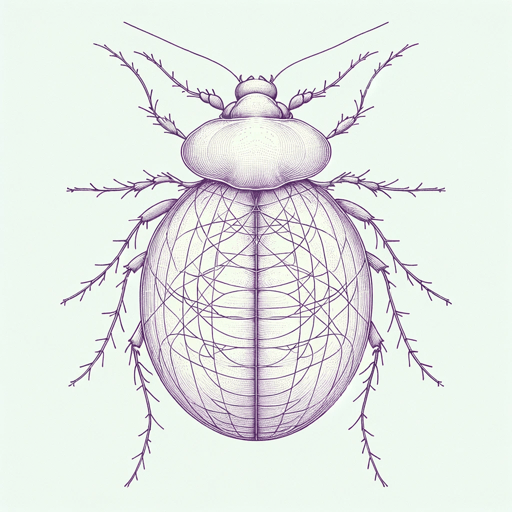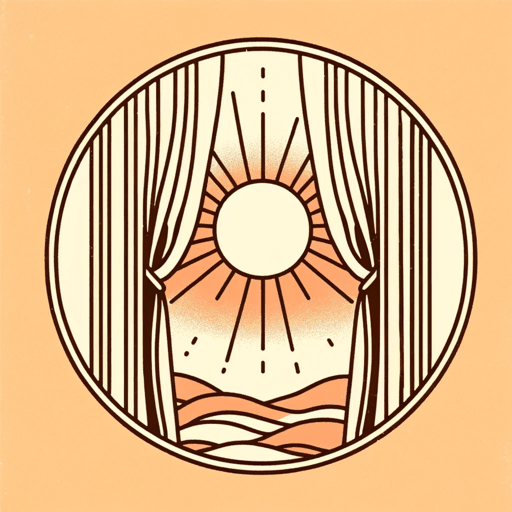17 pages • 34 minutes read
John DonneNo Man Is an Island
Fiction | Poem | Adult | Published in 1624A modern alternative to SparkNotes and CliffsNotes, SuperSummary offers high-quality Study Guides with detailed chapter summaries and analysis of major themes, characters, and more.
Further Reading & Resources
Related Poems
"Holy Sonnet 10" by John Donne (1633)
While academics believe that Donne wrote his poem in 1609, during the period when his writings took on a more religious overtone, the text wasn’t published until after Donne’s death. The poem is an apostrophe to Death, directly addressing this personified being and admonishing them for thinking they could ever win against the promise of salvation. Death is not the end for those who have gone before or those who are yet to fall to its clutches. In the end, “Death, thou shalt die.”
"The Flea" by John Donne (1681)
“The Flea” is another of Donne’s poems published posthumously in 1633. The poem is among Donne’s most famous for his outlandish, unprecedented symbolism and extended metaphor. Labeled as an “erotic metaphysical poem,” the poem’s speaker describes how a flea can freely roam his mistress’s body, sucking her blood and mixing it with his. The flea’s bite is portrayed as sensual, bringing the speaker and his love as close together as any sexual encounter would. The speaker uses this argument to reduce the sinfulness of extramarital sex and to advocate for intimacy with his beloved despite societal, religious, or familial restrictions.
Related Titles
By John Donne







